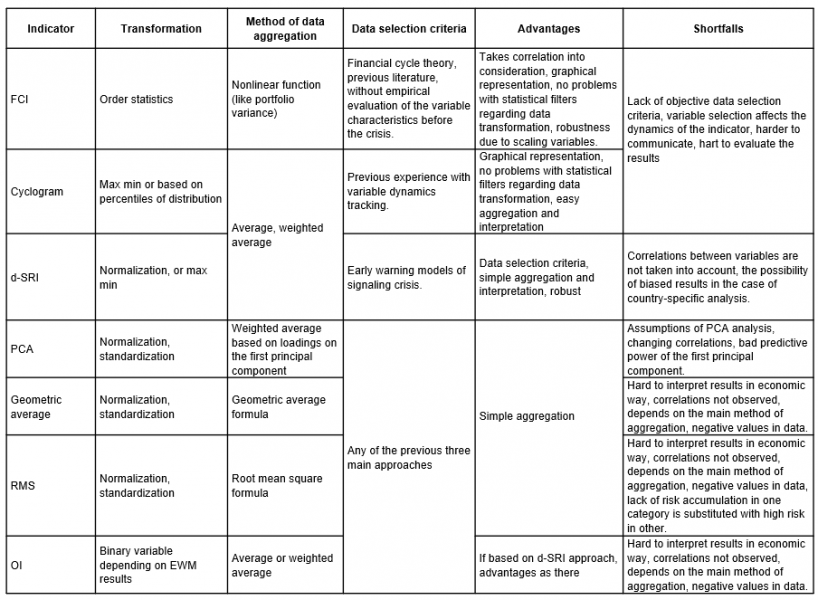This note is based on the paper: Š krinjarić , T. (2022), Introduction of the composite indićator of cyclical systemic risk in Croatia: possibilities and limitations, CNB Working Papers, W-68, Croatian National Bank. The views expressed in this study reflect the author’s opinions and are not necessarily those of Croatian National Bank.
References
Lang, J-H., Izzo, C., Fahr, S. i Ruzicka, J. (2019). Anticipating the bust: a new cyclical systemic risk indicator to assess the likelihood and severity of financial crises. Occasional Paper Series, No. 219. European Central Bank.
Tölö, E., Laakkonen, H. i Kalatie, S. (2018.). Evaluating Indicators for Use in Setting the Countercyclical Capital Buffer. International Journal of Central Banking, 14(2), pp. 51-111.





